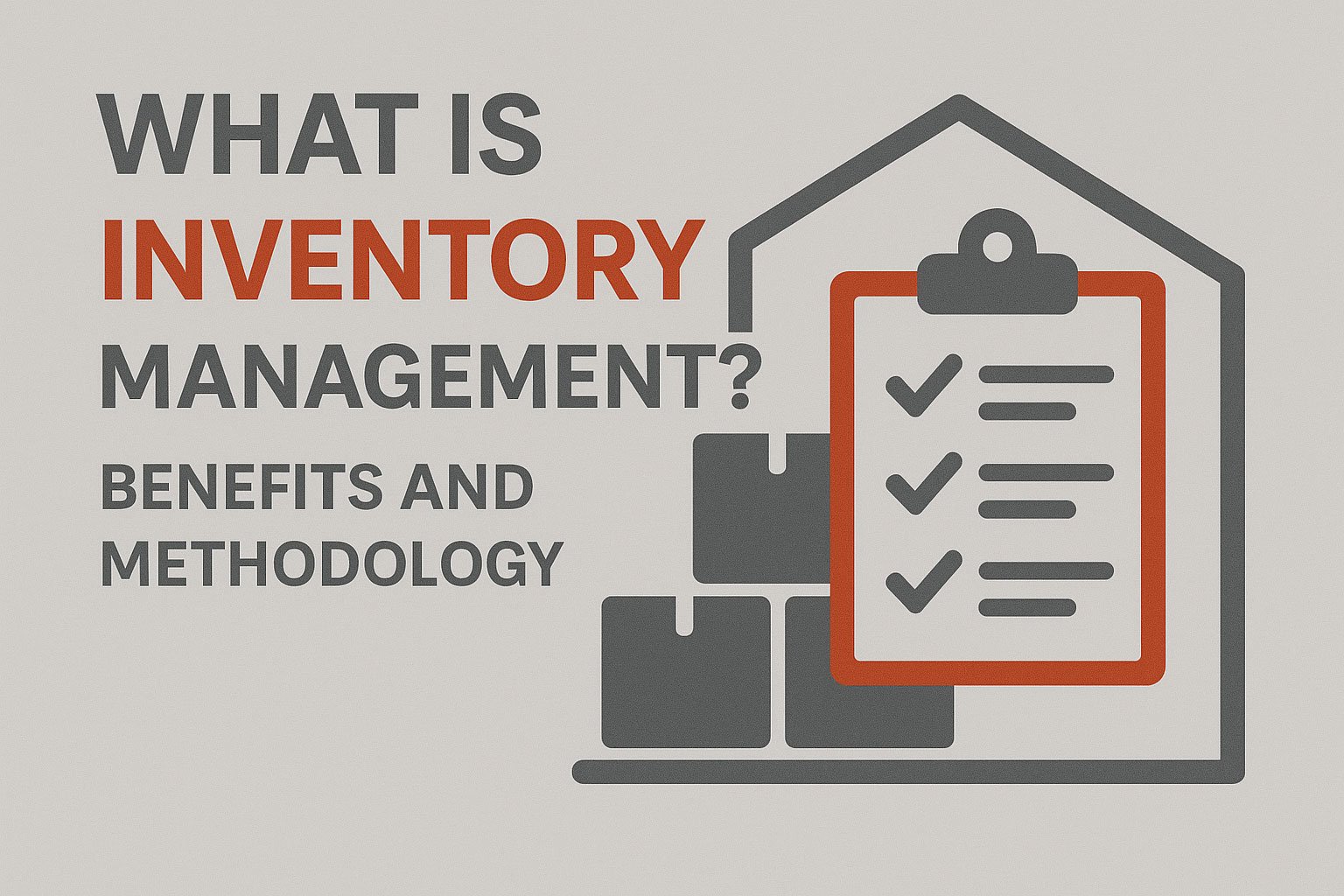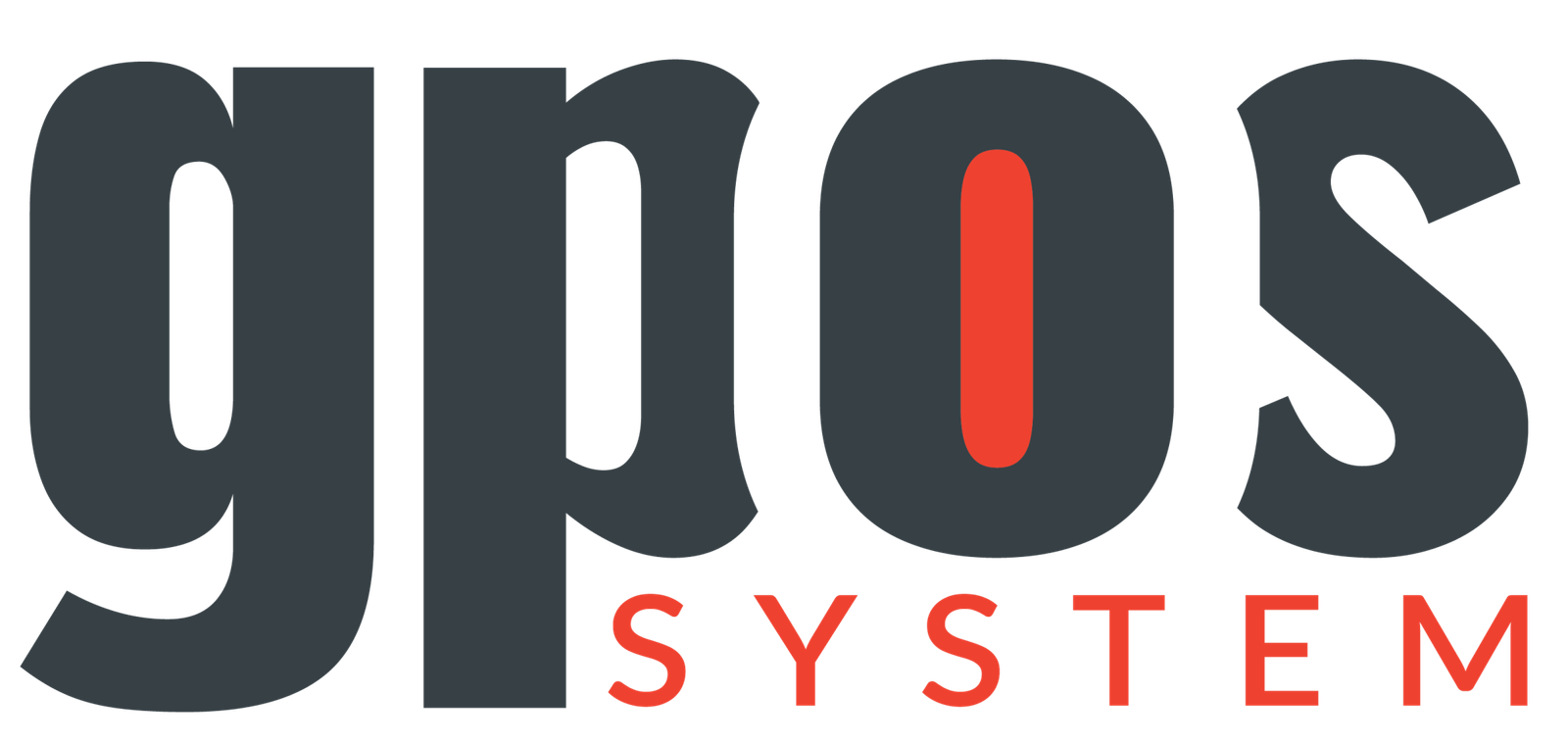What Is Inventory Management? Benefits and methodology

Stock control is one of those crucial facets of any commercial activity. This means being able to monitor and manage the stocks in order to achieve the maximum returns. It will also help you to avoid the additional expenses. Optimal inventory status means that you have the most suitable products, at the right time they need to be restocked. In this article, we define inventory management, its importance, its difficulties, and necessary approaches to inventory management.
Benefits of Inventory Management
Some major benefits of carrying out inventory management include; There is always efficiency gained with stock management. Specifically, better organization of stock quantities will help avoid unnecessary storage and thus cut costs as well as improve cash flow. In Addition, inventory management enhances the level of customer satisfaction. Since products that are being made and marketed by the organizations are easily available in the market, customers are willing to make purchases.
The other advantage is improved demand forecasting. Through sales analytics, organizations are able to predict future sales so that they can plan adequately on the likely product demand to avoid having stock issues such as stock out. Also, through an efficient inventory control method, there will be a decrease in wastage. Thus, the roles of expirations and sale velocities are able to help minimize those associated with the business.
Challenges in Inventory Management
Nonetheless, inventory management has the following difficulties. One of the challenges is record keeping, One major challenge is record keeping. Such information can lead to a lack of proper stock control and incorrect decisions being made. Also, handling the inventory of an organization that operates in different locations may be cumbersome, and may therefore require sophisticated systems to be put in place to integrate the different branches’ operations.
Another problem is the issue of demand variation. Fluctuations in the business calendar – for example through returning seasons or shifting patterns of consumption– mean that stock levels can change dramatically, and businesses must respond quickly to avoid either being laden down with unsold inventory or needing to source it urgently at a greatly heightened price. Finally, technology can be integrated successfully but this can be a challenge. Overhauling the inventory control strategies always requires some level of change, with a basic need for training.
Methods of Inventory Management
Below are some of the acceptable strategies that any business can use when managing their stock. There is one widely recognized approach – the Just-In-Time (JIT) method. This strategy also helps in cutting down the general cost of holding stock since the Company can order the stock as it is used. JIT enables one to order and store as many stocks as possible with very little stock being left over.
The second method is the ABC analysis. This method divides inventory in terms of its value and the rates of turnover. This approach singles out high-value goods for close scrutiny while the rest may be controlled without much attention. Such prioritizations enable one to focus management energies and resources in the right places.
The cost flow methods include the First-In-First-Out (FIFO) method as well. This approach is useful in that it ensures that old stocks in the market are sold before new stocks are introduced in the market. FIFO is particularly useful with items that spoil quickly in storage since the system allows for isolation of such stock.”
For that matter, any business needs to ensure that adequate control of the inventory is achieved. While it comes with various benefits like; increased efficiency and increased customer satisfaction. However, such problems as incorrect accounting or shifts in the requirement may occur. Today there are good techniques like Just-In-Time (JIT) also there is ABC analysis to improve the companies’ inventory management system.










